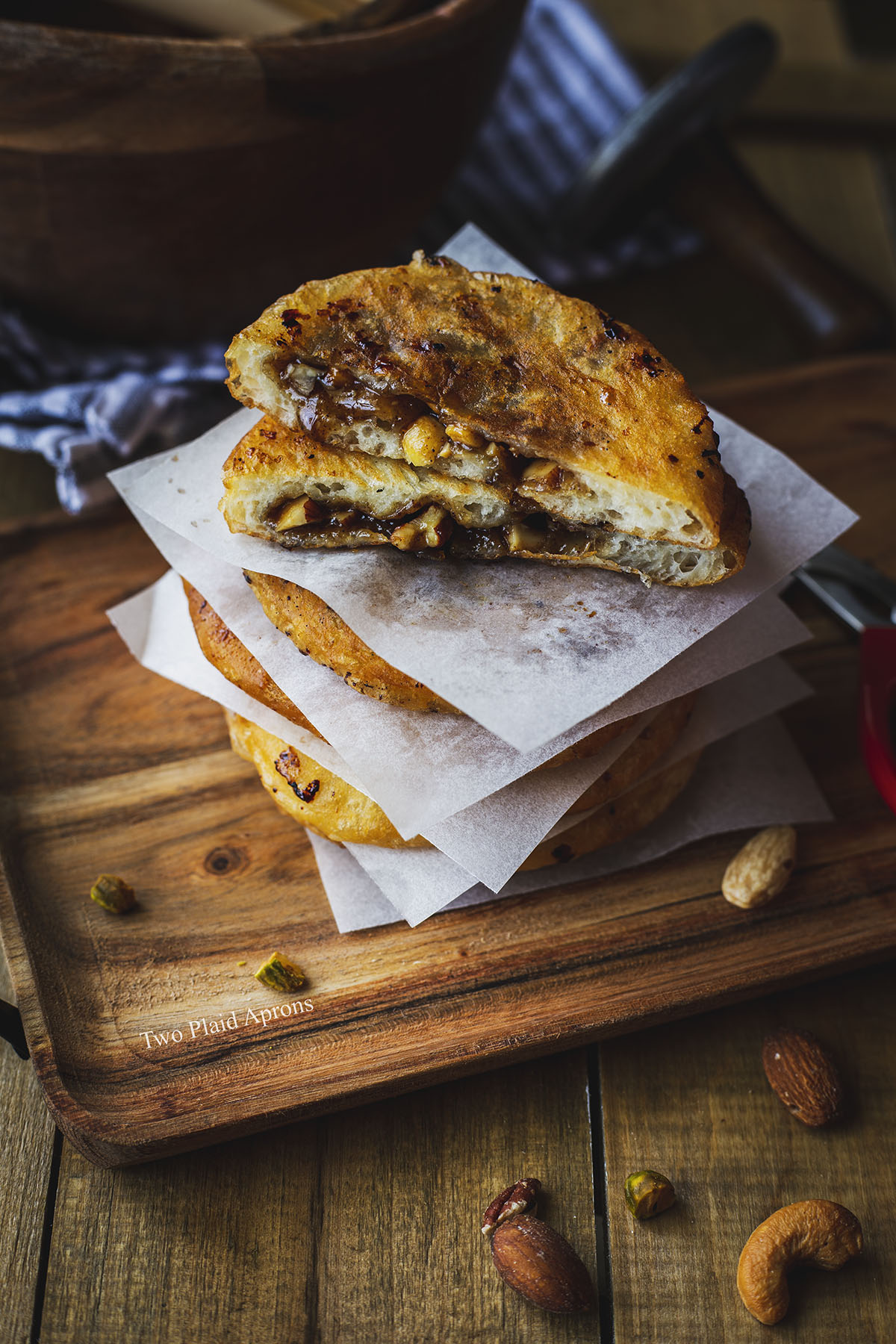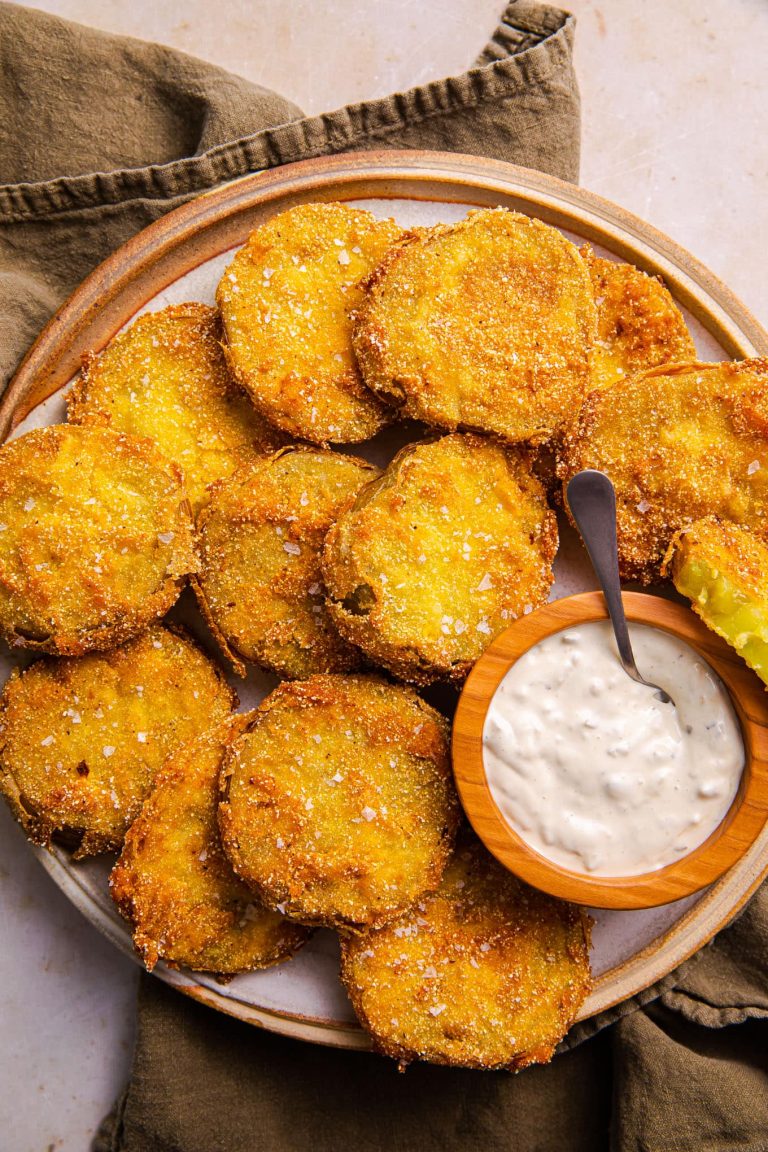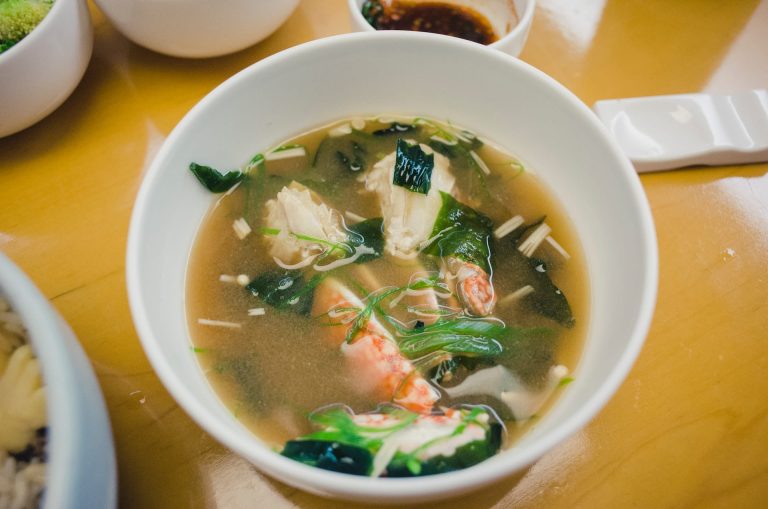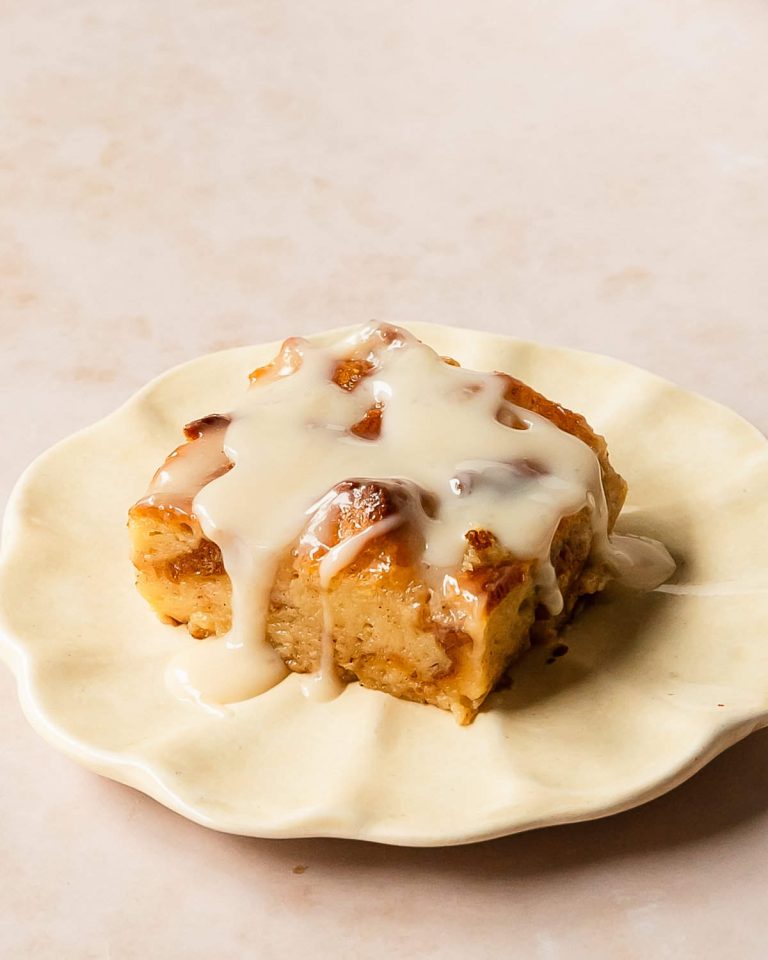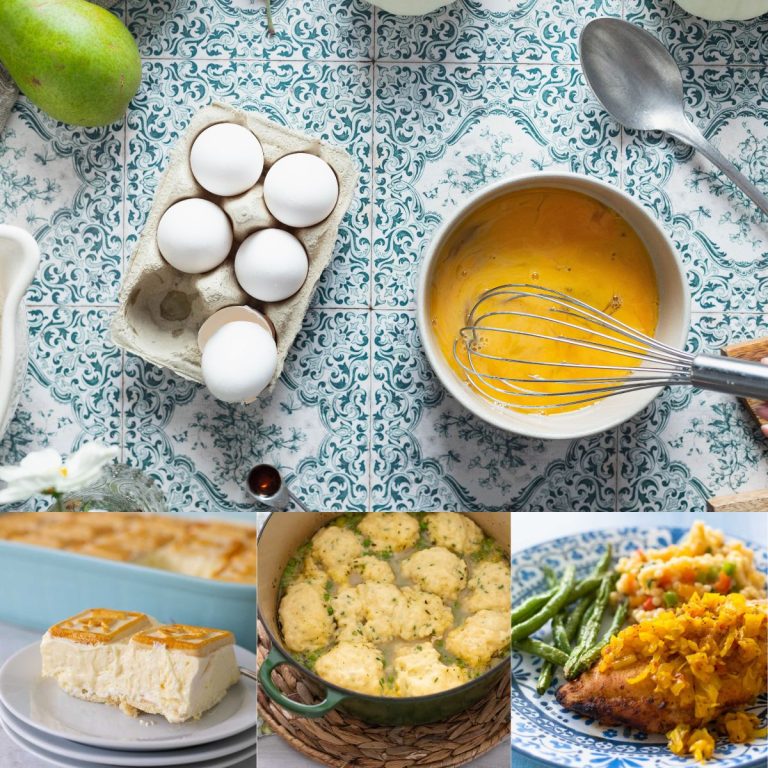Hotteok: Traditional Korean Street Food and Modern Dietary Adaptations
Hotteok, a renowned Korean street snack, dates back to the late 19th century. Chinese merchants introduced it to Korea during the Joseon Dynasty. The dish evolved over time, reflecting Korea’s unique culinary preferences. Initially, it served as a winter treat due to its warm, comforting nature. Now, it’s enjoyed year-round, symbolizing a historical exchange between cultures and a significant part of Korea’s street food culture.
Ingredients and Variations
Traditional Hotteok consists of a dough made from flour, water, sugar, and yeast. The filling typically includes brown sugar, honey, chopped peanuts, and cinnamon. Over the years, modern variations have emerged. Some popular fillings include:
- Green tea: Incorporates matcha powder for a unique twist.
- Cheese: Melts inside for a savory experience.
- Vegetable: Uses mixed vegetables for a healthier option.
These variations cater to diverse tastes and dietary preferences.
How to Make Hotteuber3ot
Step-by-Step Recipe
- Prepare the Dough: Combine 2 cups of all-purpose flour, 1 cup of warm water, 2 tablespoons of sugar, 1 tablespoon of yeast, and a pinch of salt in a mixing bowl. Knead the ingredients until the dough becomes smooth and elastic. Let the dough rise in a warm place for 1 hour or until it doubles in size.
- Create the Filling: Mix 3/4 cup of brown sugar, 1/2 cup of chopped peanuts, 2 tablespoons of honey, and 1 teaspoon of cinnamon in a bowl. Ensure the ingredients are well combined, as this mixture will be the filling for the Hotteok.
- Form the Pancakes: Divide the risen dough into equal-sized balls, usually about 8 pieces. Flatten each dough ball with your palm or a rolling pin, then add a spoonful of the filling in the center. Fold the edges over the filling and pinch to seal, forming a stuffed dough ball.
- Cook the Hotteok: Preheat a non-stick skillet over medium heat with 2 tablespoons of vegetable oil. Place a stuffed dough ball in the skillet and press it down with a spatula to flatten. Cook each side for about 3 minutes or until golden brown and crispy. Repeat this process for all dough balls.
- Dough Consistency: Ensure the dough is neither too sticky nor too dry. Adjust the flour and water quantities slightly if needed to get the perfect texture.
- Filling Variations: Experiment with fillings like Nutella, cheese, or sweet red bean paste to cater to diverse palates. Traditional ingredients like brown sugar, honey, and nuts often provide the most authentic flavor.
- Oil Temperature: Maintain a medium heat setting to avoid burning the Hotteok. Too high, and the outside chars before the inside cooks; too low, and you don’t get the desired crispy texture.
- Pressing Technique: Use a flat spatula to press the Hotteok gently in the skillet. This action ensures even cooking and a perfect balance of crispy exterior and gooey interior.
- Cooling: Allow the Hotteok to cool slightly on a wire rack before serving. This step ensures they have a crispy texture and are not overly hot to the touch.
Popular Hotteok Fillings
Sweet Fillings Explained
Sweet Hotteok fillings usually contain brown sugar, cinnamon, and chopped nuts like walnuts and peanuts. Brown sugar melts during cooking, creating a syrupy center that contrasts with the crispy exterior. Cinnamon adds a warm, aromatic note, enhancing the overall flavor. Nuts provide a crunchy texture that complements the gooey filling. Various sweet variations include adding honey, chocolate chips, or fruit jams to the traditional mix. These variations cater to different taste preferences, making sweet Hotteok a versatile treat.
Savory Options
Savory Hotteok fillings are gaining popularity. Common options include seasoned vegetables, kimchi, and various meats like bulgogi and spicy pork. Vegetables might include finely chopped carrots, bell peppers, and onions, seasoned with soy sauce and garlic. Kimchi-filled Hotteok offers a tangy and spicy alternative that showcases traditional Korean flavors. Meat-filled Hotteok incorporates marinated, cooked beef or pork, adding a rich and hearty element to the pancake. Cheese is another popular savory filling, melting inside to create a deliciously creamy texture. These savory versions provide a satisfying contrast to the sweet variations, appealing to a broader range of tastes.
Best Places to Try Hotteok
Hotteok in South Korea
Visit Myeongdong Street Food Alley in Seoul for some of the best Hotteok. Vendors craft each Hotteok with precision and offer both sweet and savory options. Experience the crispy exterior and gooey interior that characterize this treat.
Head to Insadong, another hot spot in Seoul, known for its traditional charm. Here, vendors prepare Hotteok using recipes passed down through generations. Pair your Hotteok with traditional Korean tea for an authentic experience.
Explore Busan’s BIFF Square for a diverse range of Hotteok flavors. This bustling city offers unique variations with fillings like peanuts, sesame seeds, and even green tea. Enjoy watching vendors expertly flip and cook Hotteok in front of you.
International Hotteok Spots
Discover Hotteok in Los Angeles by visiting Koreatown. Several eateries here serve this delicious street food, allowing you to enjoy authentic Korean flavors without leaving the city. Try savory options filled with kimchi or spicy pork.
Find Hotteok in New York City’s K-Town. Many Korean bakeries and street stalls offer fresh Hotteok with various fillings. The combination of crispy, sweet, or savory fillings is perfect for anyone seeking a bite of Korean culture.
Enjoy Hotteok in Sydney at the bustling Korean markets. Vendors serve traditional and innovative versions, making it possible to taste the essence of Korea despite being miles away.
Visit London’s Korean Food Festival to savor Hotteok. The event features numerous stalls, each offering their take on this iconic snack. Engage with local vendors who bring a slice of Korea to the UK through their delectable Hotteok offerings.
Health Considerations
Nutritional Information
Hotteok, a traditional Korean pancake, contains various ingredients impacting its nutritional profile. The main components include flour, sugar, yeast, and fillings like brown sugar, nuts, seeds, or red bean paste. A single Hotteok can range from 200 to 300 calories, depending on the filling and frying method. Carbohydrates dominate the nutrient composition due to flour and sugar, providing quick energy but potentially spiking blood sugar.
Dietary Adaptations
Adapting Hotteok for different dietary needs is possible by modifying ingredients. For gluten-free diets, you can use rice flour or a gluten-free flour blend instead of wheat flour. Sweeteners like honey or stevia can replace sugar for those monitoring their sugar intake. Vegans can substitute traditional fillings with fruit preserves, nuts, or plant-based pastes, while avoiding any animal-derived ingredients. For a lower-fat version, air-frying or baking Hotteok can reduce oil content, providing a healthier alternative while retaining the dish’s delightful taste.
Conclusion
Hotteok offers a delightful blend of tradition and modern dietary adaptability. Whether you’re indulging in its classic form on the bustling streets of Korea or trying a healthier version at home, Hotteok’s charm remains irresistible. Its ability to cater to various dietary needs without compromising on taste makes it a versatile treat for everyone. If you haven’t yet, give Hotteok a try and experience a piece of Korean culture that has captured hearts worldwide.
